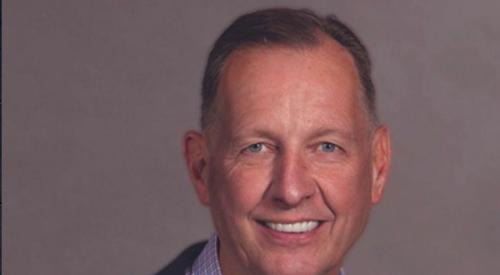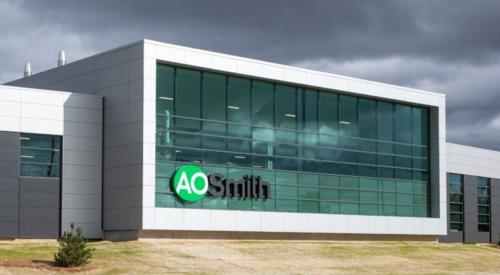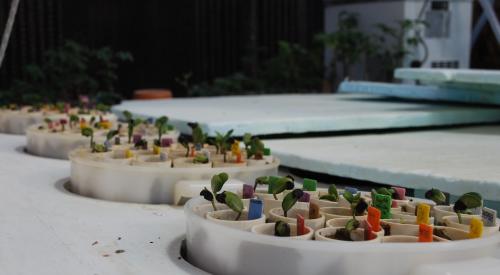Kansas City architect and one of the nation's pioneers of green building Bob Berkebile helped create the first LEED standards. Today, he's not convinced these standards have enough of a positive impact.
According to Berkebile, today's LEED certification means that a building is doing "a little less damage" than others, adding, "that means you’re still having a negative impact. I think that’s a failure.” The debate in the industry over the merits of LEED takes place against a backdrop of home building's immense energy consumption. Per CityLab, "the building sector consumes nearly 40 percent of all energy produced in the U.S. and is responsible for a similar share of greenhouse-gas emissions." Even the data disagree about how much energy LEED buildings do or do not use. Yet, LEED is an important step on the way toward decarbonization. “The amount of carbon in the atmosphere continues to increase,” says Berkebile. “And unless we change that, we’ll have beautiful LEED Platinum buildings in an environment where human life is not possible.”
In the late 1980s, revolution was afoot in the world of architecture: Berkebile tried to convince the American Institute of Architects to do more to save the planet. In the spring of 1989, he petitioned the AIA to establish a committee to study and promote ways that the profession could become more eco-friendly. “The board of directors turned me down,” said Berkebile, now 81. Yet, Berkebile was backed by up-and-coming architects from around the country. According to him, they basically took over that AIA convention: “We overruled them.” The resolution the AIA board had declined to endorse, “CPR: Critical Planet Rescue,” passed unanimously.













